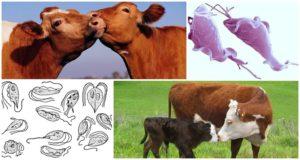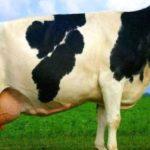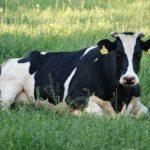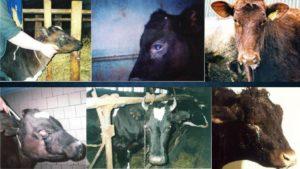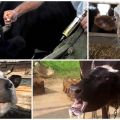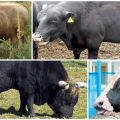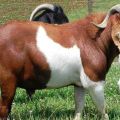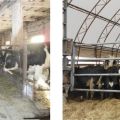Causes and symptoms of ovarian hypofunction in cows, treatment regimen
Diseases of cattle can be different, some are pronounced, Burenki immediately signal to the owner about them, others, also bringing considerable losses to the farm, are practically invisible at first glance. Such diseases include the development of ovarian hypofunction in cows, because the animal loses productivity, and it requires immediate treatment.
Causes of occurrence
Ovarian hypofunction in cows is a hormonal disorder in which the maturation of the follicle stops, after synchronization there is no estrus or the animals do not come into heat. There are several reasons for its development:
- violation of the diet and keeping animals;
- hormonal disorders after parturition;
- dysfunction of the thyroid gland;
- the age of the animals;
- livestock infectious diseases;
- helminthic invasions.
It is necessary to restore the function of the ovaries, since milk production is significantly reduced, milk yield decreases.
Symptoms of the disease
Cows with ovarian hypofunction do not come into heat, are obese or underweight. Violations develop gradually, at the initial stage, the sexual cycle is disrupted, after which anaphrodisia occurs (cessation of estrus, lack of sexual arousal). With hypofunction, insemination does not give a result, the egg is not fertilized.
If, after synchronizing the animals on the farm, the animals do not come into heat, stimulation of the ovarian function is required.
Hypofunction is often observed during stall keeping in the autumn-winter period. With the normalization of nutrition and daily walks in spring and summer, ovarian function is restored partially or completely.
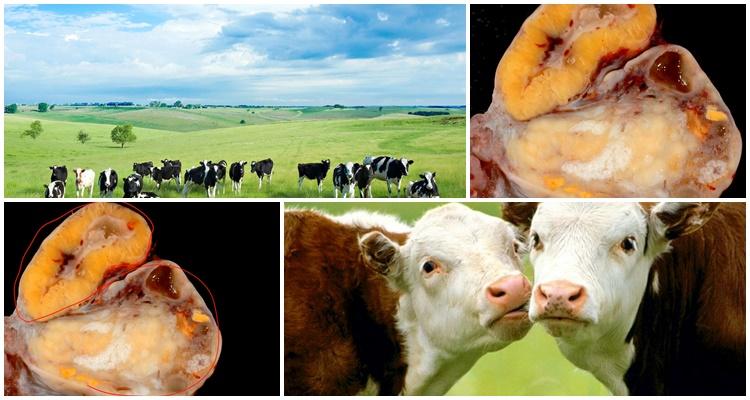
How to diagnose the disease
If the cow is not in heat, she does not come into heat for a long time, a rectal veterinary examination is necessary. It allows you to judge the condition and size of the ovaries, uterus, mucous membranes of the genital organs. On examination, the presence of hypofunction is evidenced by the reduced size of the internal genital organs. The ovaries are dense, smooth, without traces of follicles and corpus luteum. Rectal massage of the uterus causes very weak contractions of the organ. The mucous membrane of the cervix and vagina is pale and insufficiently hydrated.
The highest quality diagnostics is carried out using an ultrasound diagnostic apparatus (ultrasound).
If the cause of hypofunction is errors in nutrition and maintenance, it can be quickly eliminated, then the production of hormones returns to normal, without damage to the cow's body. This is especially true for young animals.
Treatment regimen for ovarian hypofunction in cows
First, the nutrition of animals is adjusted, vitamins and mandatory mineral supplements (salt, chalk) are introduced into the diet.Provide animals with daily walks for 1-2 hours. Most cases of hypofunction occur in February-April; in March and April, cows can be outdoors without fear of catching a cold.
The barn should have windows, natural light prevents the development of ovarian hypofunction. High humidity, rare cleaning of manure, dirt in stalls can provoke metabolic disorders and, as a result, inhibition of ovarian function.
The easiest way to normalize the hormonal function of the ovaries is rectal massage of the uterus and ovaries and subsequent irrigation of the uterus with a hot solution of 1% table salt or baking soda - 2%. The solutions must be heated to +45 ° C. It is better to use ready-made sterile saline solution. The massage is carried out once a day for 5-7 minutes, repeated every other day.
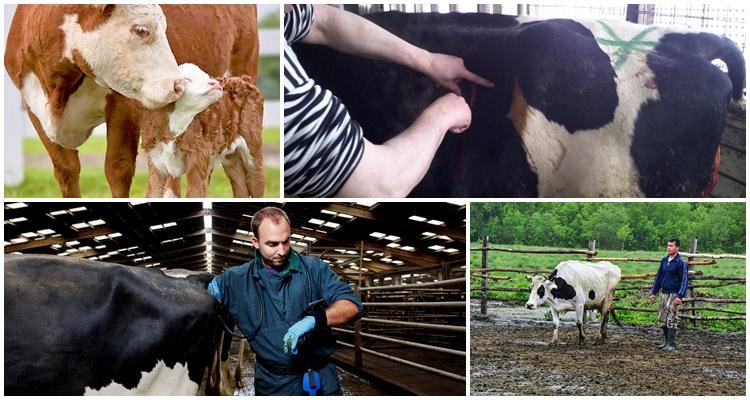
For active stimulation of the hormonal function of the ovaries, serum "Gonadotropin" is used. It is administered to the animal with "Proserin" 0.5% or "Carbohalin" 0.1%. Use FFA (fertile mare serum) and SCFA (fertile mare blood) to stimulate ovarian function. Fresh colostrum is injected under the skin, no later than 12 hours after milking.
The use of a more modern drug, "Surfagon", can increase the amount of the hormone in the body 50 times. The tool can restore the function of the ovaries, in addition, it increases fertility, accelerates and normalizes the sexual cycle, eliminates follicular cysts, and prevents the death of the embryo in the early stages of pregnancy. The drug is most active 2-3 hours after administration and remains in the body for 5-6 hours, after which it disintegrates. Intramuscular administration of the drug is necessary.
Danger of pathology
Hormonal disruption in cows, if left untreated, leads to infertility in severe cases. Then the productivity of the animal and the quality of milk are significantly reduced. Keeping such a cow is not profitable.
If hormonal disturbances are quickly corrected, the cow is young and strong, receives a balanced diet and is kept in good conditions, there will be no consequences for the animal. An aged or weakened animal may not recover from such a hormonal disruption; the cow will have to be discarded.
Prevention of the disease
To prevent ovarian hypofunction in cows, a balanced diet should be provided. In summer, be sure to drive the animals out to pasture. Provide cows with daily walks for a distance of 2-3 kilometers. Ensure that the animals are monitored by a veterinarian, obligatory examination of the livestock after calving, and periodic obstetric and gynecological examination. Provide cows with vitamins before and after calving to prevent immunosuppression.
Animals need to be given drugs for worms at least 3 times a year, to treat infectious diseases, and vaccinate. Replace age-old stock with young animals. Systematically screen animals for mastitis.
The disease is not fatal or dangerous to animals. It is well treated, provided that timely measures are taken, it is possible to maintain the level of lactation, the quality and fat content of the product.



